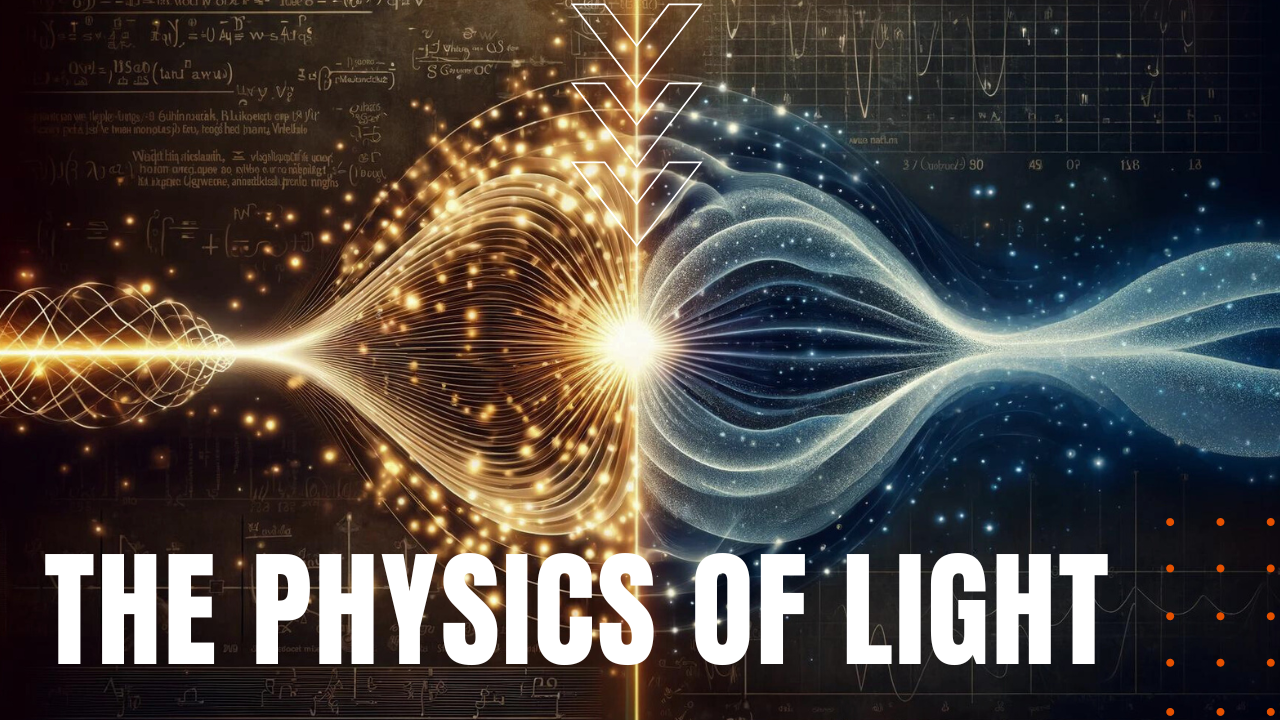The Physics of Light

After the Big Bang, some 13.8 billion years ago, even after the split second raging inferno had died away, temperatures in the universe remained at over 100 million degrees. For hundred of thousands of years, the universe remained nothing more than a cosmic soup of particles and radiation, until approximately 400,000 years after the Big Bang, when it cooled to around 3,000 degrees Kelvin, causing lone electrons and protons to form the first atoms, and as each hydrogen atom was bound together, they released a small amount of energy known as a photon, which is the smallest quantity of energy that can be transported through space and time at 186,000 miles per second, known as the speed of light.
Early Theory
In the early 1700s, Sir Isaak Newton theorized that light was made up of tiny little particles that he named corpuscules, which was finally refuted in 1801, when Thomas Young discovered that light was actually more wave-like than particle-like, proving his point by using an important method known as the double-slit experiment—a method that would later find its importance in quantum mechanics, when in 1905, Albert Einstein added to Max Planck’s work on light in his publication “Concerning an Heuristic Point of View Toward the Emission and Transformation of Light,” where he envisioned light traveling not as a wave, but as some manner of “energy quanta.”
Modern Understanding
Today we know that light can be created by making an electron oscillate, producing wavelengths and frequencies of light both seen and unseen on what physicists call the electromagnetic spectrum, which includes infrared, microwave, radio wave, ultraviolet, x-ray and gamma rays, so even when there’s no visible light to the human eye, light in other forms is still all around us. Light can range from the smallest wavelengths of gamma rays, which are way smaller than a hydrogen atom, to visible light in a range of roughly 400 to 700 nanometers—about the size of a single bacteria—to much larger and slower radio waves that can range in amplitudes far greater than the size of planet Earth, making light, a fundamental concept in the study of physics.
